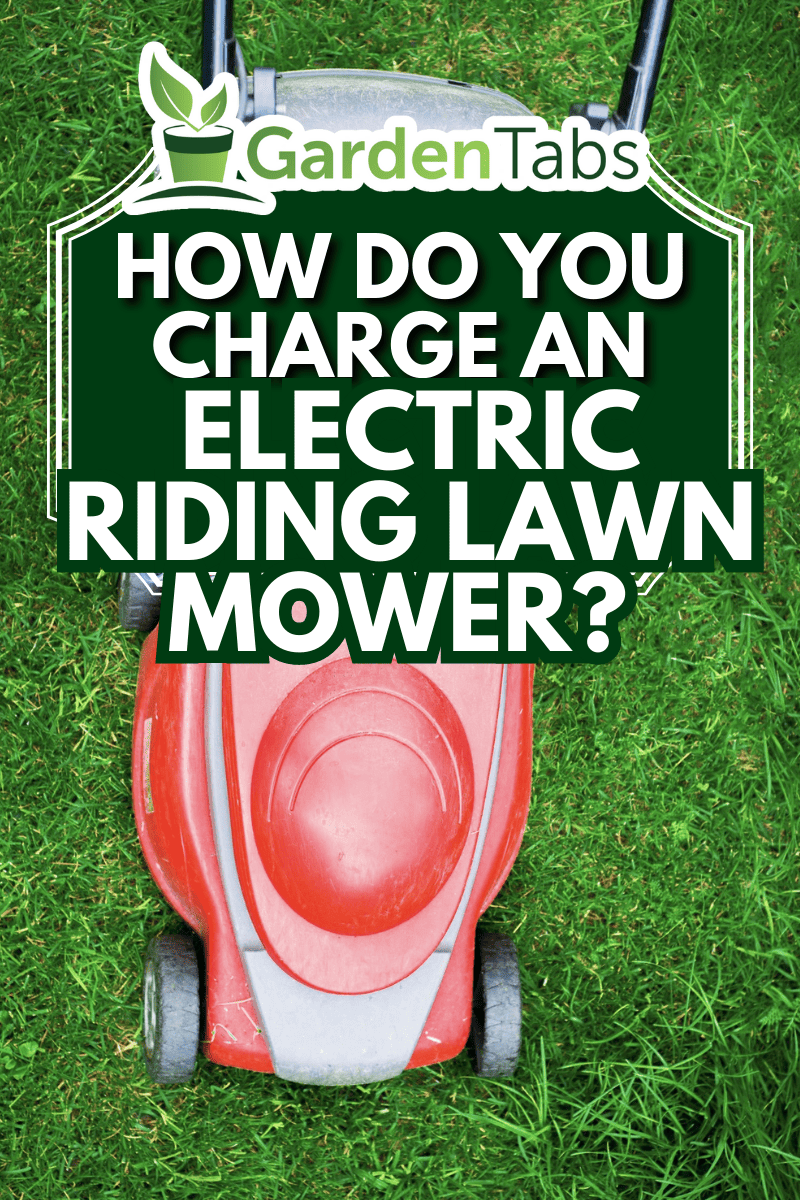Batteries are responsible for powering up your electric riding lawnmowers. And if you are wondering how to charge your equipment, we researched the answer for you! Here is what we found.
To charge your electric riding lawn mower, you must:
- Anytime you handle a lawn mower battery or jumper cables, wear gloves and safety eyewear. They'll safeguard you in the event of a spark.
- Get to the battery. Most ride-on lawnmowers have a battery behind the seat. There is no requirement to remove the battery while it charges.
- Affix the black wire of the charger to the negative (-) terminal and the red wire to the positive (+) terminal.
- Some battery chargers for lawn tractors allow you to change the voltage and amperage. Make sure the voltage meets the voltage of your battery, which is probably 12 volts, then adjust the amp level to 10 volts or less.
- Firmly insert the charger into a wall socket to charge the battery.
- When the battery is full, unplug it.
Read ahead as we discuss how long the charging duration of a ride-on lawnmower is, when to charge it, and how often you should charge your equipment. Additionally, we'll explain how the voltage and amperage affect the charging time. We'll also share some tips on the dos and don'ts of handling and charging electric lawnmower batteries.
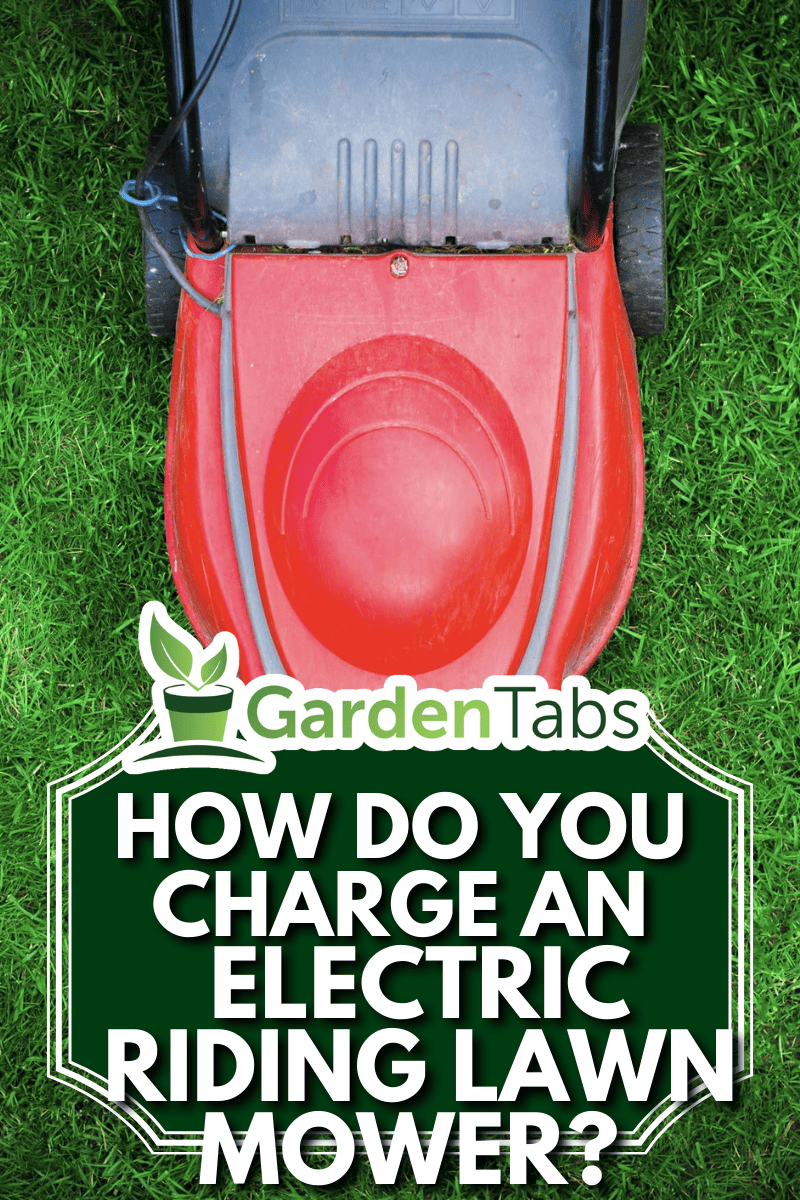
When Should You Charge Your Electric Ride-On Lawn Mower?

The majority of manufacturers advise charging your lawn mower battery at least once per week in the winter and once per month during the summer.
The most frequent instances you need to connect your battery to a charger are when:
- Soon after you purchase a new lawn mower.
- It appears that your lawnmower is having problems.
- You are done cutting the lawn.
Before using the lawn mower, charge the battery. Your machine will get off to a good start if you do this. Also, check the battery in your lawnmower if it doesn't seem to be operating. Usually, all you have to do to fix your lawnmower is charge the battery.
Lastly, after cutting the grass, unplug the lawnmower to allow the battery time to recharge. If your lawn mower has an integrated alternator, the power flowing through the lawn mower will keep your battery charged.
How Often Should You Charge Your Lawn Mower Batteries?
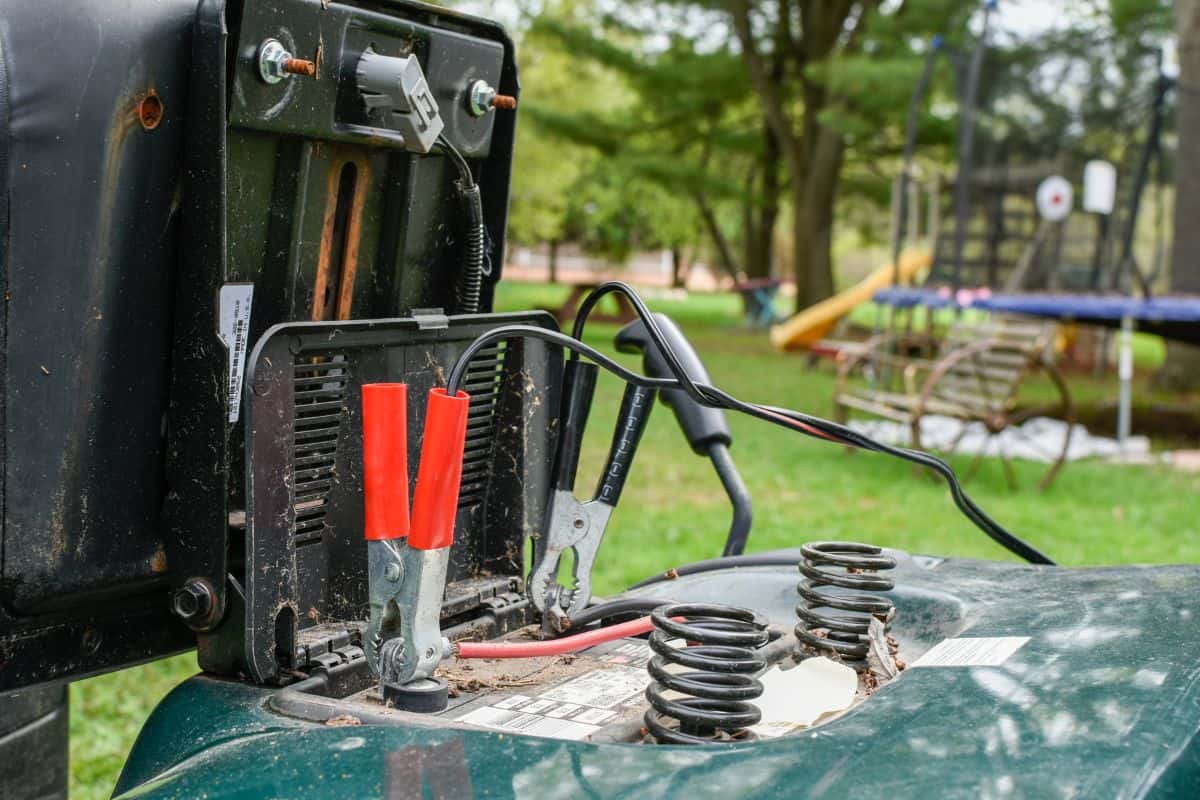
As long as you are routinely mowing, you shouldn't need to use a battery charger because riding lawnmowers have alternators.
However, you need to keep in mind these key points when you store your equipment during winter:
- Battery chargers are essential when putting your lawnmower away for the winter or any other time it will be idle for a long time.
- Crystals will grow on the battery's plates if your lawn mower battery is kept undercharged, which will reduce the battery's capacity to hold a charge.
- You must use caution when using a battery charger so as not to overload your battery. To avoid this, you'll need to keep an eye on the charging process if you're using a conventional charger without a float mode.
- You can connect your battery whenever it is not in use because the majority of contemporary chargers and battery maintainers have built-in safeguards against overcharging.
How Long Does It Take To Charge An Electric Riding Lawn Mower?
There isn't a single, universally applicable charging time for all batteries, but you may use some general rules to gauge how long it will take to charge a lawn mower battery.
This information greatly affects how long it takes to charge:
- the voltage;
- amp-hours; and
- voltage and amperage of your battery charger.
You can estimate the charging time using this formula:
- Lawnmower rated amp-hr ÷ Battery charger amperage
For example, if you have a 12V, 35 Ah battery charging at 10 amps, then:
- charging time= 35Ah ÷ 10A
- charging time= 3.5 hours
How Does The Voltage Affect The Charging Time Of An Electric Riding Lawn Mower?
The amount of time it takes to charge a battery depends on the voltage, and for all voltages, charging a battery slowly is necessary to make it efficient and safe. Avoiding overcharging and overheating your battery will help it last longer.
This is why you should trickle charge your battery, which increases battery longevity while lowering the risk of overcharging and overheating.
A 6-volt battery can take up to 6 hours to fully charge, but a 12-volt battery can take up to 12 hours, depending on how much it was used in between charges.
What Is The Right Amperage For Charging Your Lawnmower Batteries?
The rule of thumb is that your battery charger shouldn't have more than 20% of your battery's amp-hour (Ah) rating.
However, a charger that is too powerful could potentially damage your battery. Therefore, you should opt for a slower battery charger for optimal battery health.
Can You Use Trickle Chargers To Charge Your Electric Ride-On Lawnmower?
Yes, you can! Trickle chargers won't risk damaging your batteries because they slowly "trickle" a charge into the battery. This is a great method to ensure you're battery's long-lasting life. Typically with an amp rating of 2 or less, these as "battery tenders," take approximately 24 hours or more to fully charge a battery.
Simply check that the trickle charger you are using has a preset at the same voltage as your battery.


Click here for this product on Amazon!
What Are Some Battery-Related Problems You Might Encounter With Your Electric Riding Lawnmower?
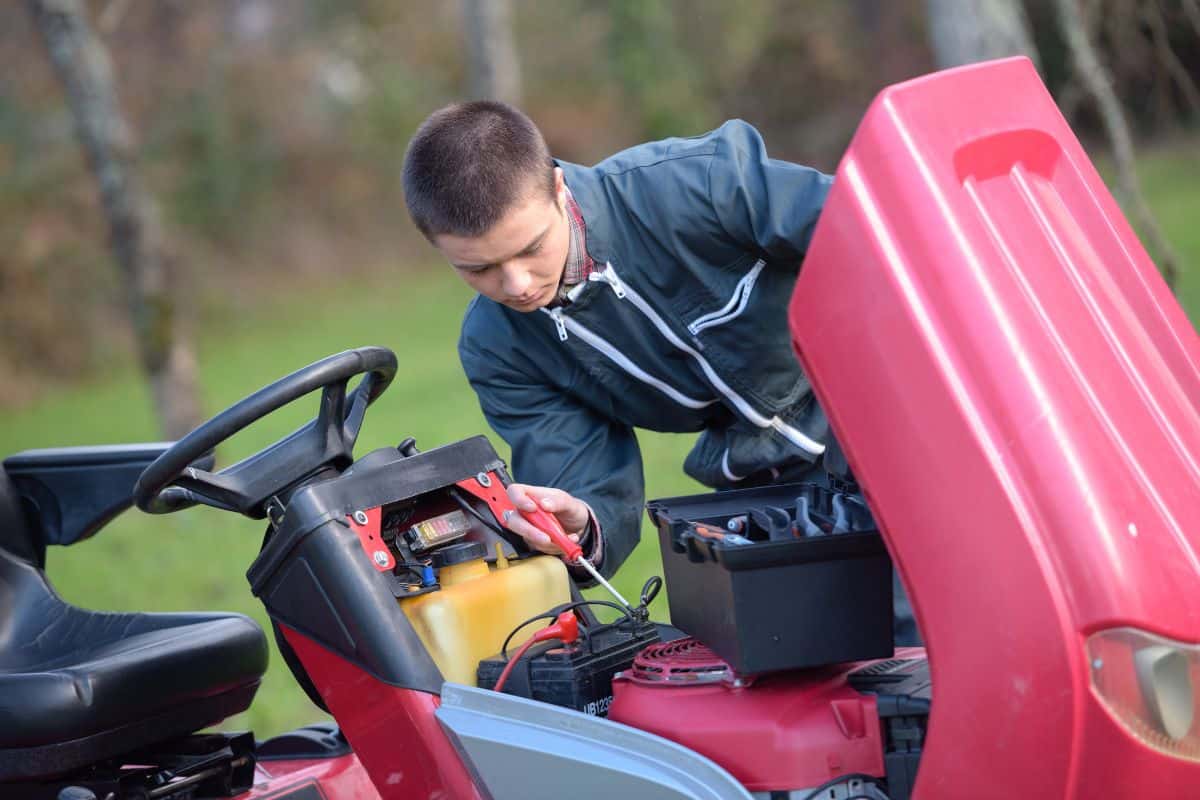
Here are some problems you might encounter with your lawnmower batteries:
Corrosion
When utilized, lead acid batteries commonly release hydrogen gas and sulfuric acid. Corrosion can result from these gas reactions with the metal and heat in the mower's engine.
By reducing the amount of power that can flow from the battery to the engine and from the charging system back into the battery, corrosion reduces the performance of your battery. Additionally, batteries frequently start to corrode as they age or after being overcharged.
Bad Alternator
While the engine is operating, the alternator recharges the battery and assists in keeping the electrical system functional. If the alternator malfunctions, the battery won't receive enough charge to stay it excellent condition. Replacing the alternator is the only way to ensure your batteries aren't prematurely discharged.
Battery Not Charging Or Draining Rapidly
There are a few reasons why this happens. This includes the following:
- Bad Battery: If the battery is faulty, it might not recharge at all or might quickly lose its charge. In this situation, a new battery will probably be required.
- Corroded Cables: It's possible for cables and other electrical contacts on batteries to corrode. Corrosion in these components prevents the alternator from securely connecting to the battery. Batteries might not be fully charged as a result, making it difficult for the machine to start.
- Loose Alternator Belt: An alternator may not operate properly if the alternator belt is too old or slack. It's possible that the alternator won't generate enough power to recharge the battery.
Tips To Make The Batteries Of Your Electric Riding Lawnmowers Last Longer

Here are things that you should and shouldn't do in maintaining the batteries of your electric ride-on lawnmowers:
What To Do |
What Not To Do |
|
|
In Closing
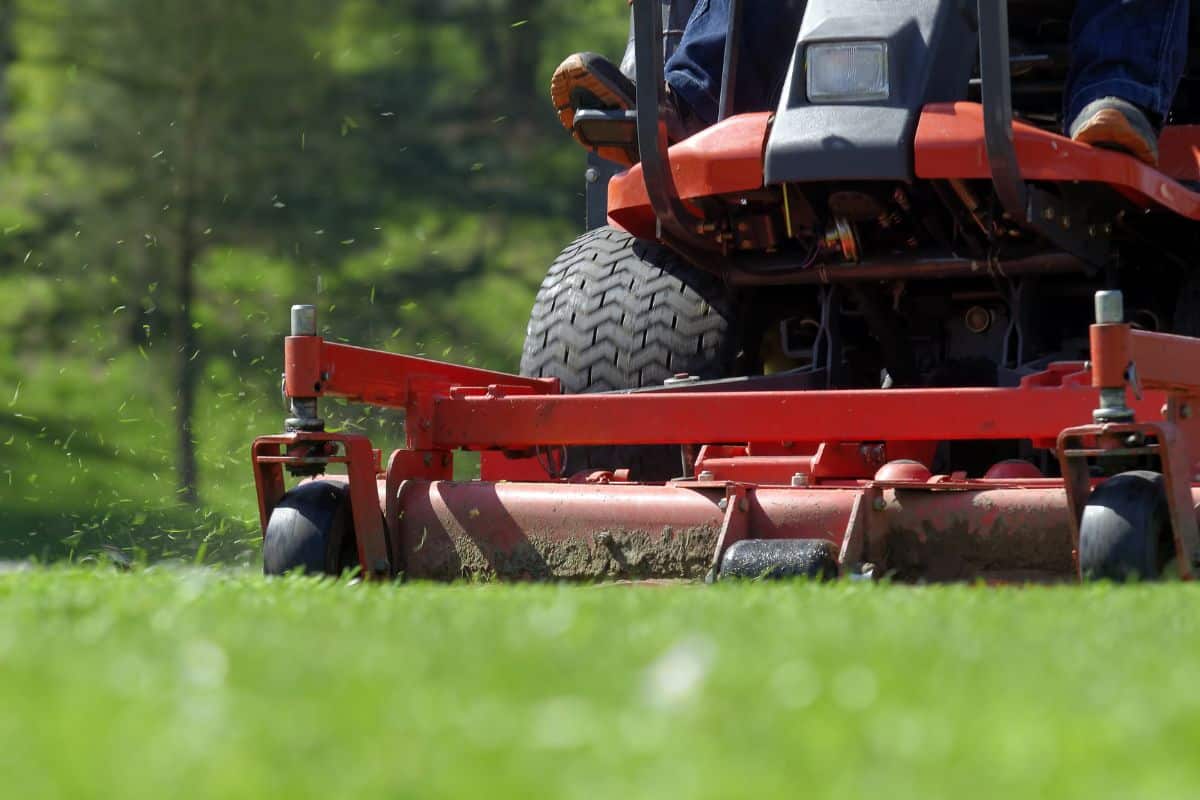
Charging an electric riding lawnmower is quite straightforward. Just make sure that your batteries are in good condition and make sure that you practice safety in handling any electrical-related tasks.
To help maintain the life of your battery, charge it during winter (once a week) and summer (once a month). Additionally, follow the above-mentioned tips to properly maintain the batteries in your lawnmower.
Before you go, you can check out our other articles here:


